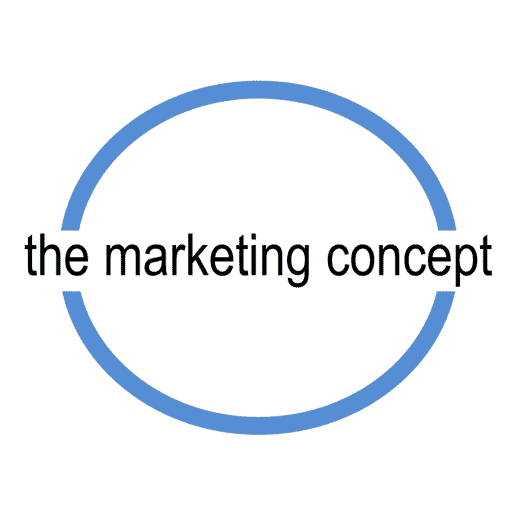
activity: travel brochures
The travel brochure activity challenges students to identify how marketing practitioners manage the customer, organisation, market, and product considerations. Although this activity could be undertaken in a number of industries the travel industry has been chosen as it is easy to access physical brochures and easy to download PDF brochures. Furthermore, this activity provides a practical example of how one highly competitive industry [the travel industry] deals with the challenges of an aggregate product that has a high degree of customer and organisational involvement. Travel is also of interest to many readers – and more revealing than many industries.
After sourcing the travel brochures – students should employ the travel brochures to identify the philosophy and theory outlined within themarketingconcept [e-book] and identify how marketing practitioners communicate the unique product value proposition.
It is also worth considering the influence of situational factors [COMP].
The best brochures are the glossy print brochures [e.g., Contiki]. However, collecting a printed travel brochure may not be feasible for all readers – some countries do not have printed travel brochures and a number of readers may be some distance from a travel agency. If you are having difficulty accessing a glossy print brochure then it is best to download a PDF version of the brochure. To make comparisons it may be prudent to source brochure from distinct and distinguishable market segments [e.g., Contiki – Cunard].
considerations
This is an important learning activity. Once you have accessed your travel brochures [online brochures are also suitable] you should then analyse each brochure with the 3 mega-marketing concepts in mind. Although this activity is designed to reinforce learning, it generally uncovers that readers need to revisit what they studied earlier in the e-book [HINT search the e-book for key words].
- When would travel be an autocratic decision and a syncretic decision?
- Identify and discuss the product considerations that are apparent in the brochures
- Identify core product, expected product, augmented product – perhaps potential product
- Identify and discuss the product components
- Goods [%] Services [%] Ideas [%] Experiences [%] Place [%] People [%]
- Is the presentation of the brochure in keeping with the price [higher quality brochure for more expensive product offerings]?
- Should the product, under consideration, be classified as: convenience, shopping, specialty, or seminal product classification?
- Under what circumstances would travel be a seminal product?
- Is travel a desired or unsought product – are there circumstances when it could vary?
- In an era of social media is travel a public or private product?
- As a product when is travel a necessity and/or a luxury?
- Discuss how travel could meet biogenic and/or psychogenic needs?
- Generally are the benefits of travel functional or hedonic?
- Who or what is the recipient; is it directed towards people and/or possessions?
- Does the travel product involve communication of information?
- Does the travel product involve mental stimulus?
- In the brochure under consideration demonstrating a low-price or a product augmentation strategy?
- Are market segmentation strategies employed? Explain and identify the segment[s]?
- How does the organisation target/position to different segments?
- Are there different pricing levels for different customer segments?
- Are you able to identify the 3-time zones of the buyer decision process?
- Pre-purchase
- Product delivery
- Post-purchase
- Identify the typical customer journey through the buyer decision process
- What techniques are employed to help the customers estimate value?
- How does the brochure influence expectations and satisfaction?
- What types of risks could you anticipate and how are they managed?
- How is the product experience delivered [think blueprint for each part]?
- What are the product considerations?
- How does the brochure deal with the product considerations?
- What are the material and non-material product components?
- Is the service component provided by people – provided by equipment?
- Does the brochure suggest contact with other people?
- Does it show types of people a customer might encounter?
- Are people important to the delivery of the product?
- Would you consider it low – high contact?
- Is there any evidence of a process?
- Is there any evidence that there is a blueprint?
- Critical incidents that need to be blueprinted
- Front stage activities – back-stage activities
- Evidence of roles, script & control
- Are other customers important to the delivery of the product?
- Does the brochure contain rules [terms & conditions] defining acceptable customer behaviour?
- Are there different pricing levels for different levels of demand?
- What are the patterns of demand and causes?
- Is there a product promise?
- Is it backed by a product guarantee?
- Is there a link to an Internet site to provide further information and advance customers along the salespipeline?
- Is there interaction with the marketplace and/or marketspace?
- Do the brochures provide physical evidence of professionalism, credibility, confidence, reassurance, and trust?
- Does the brochure identify a booking process, cancellation and refund policy, illness?
